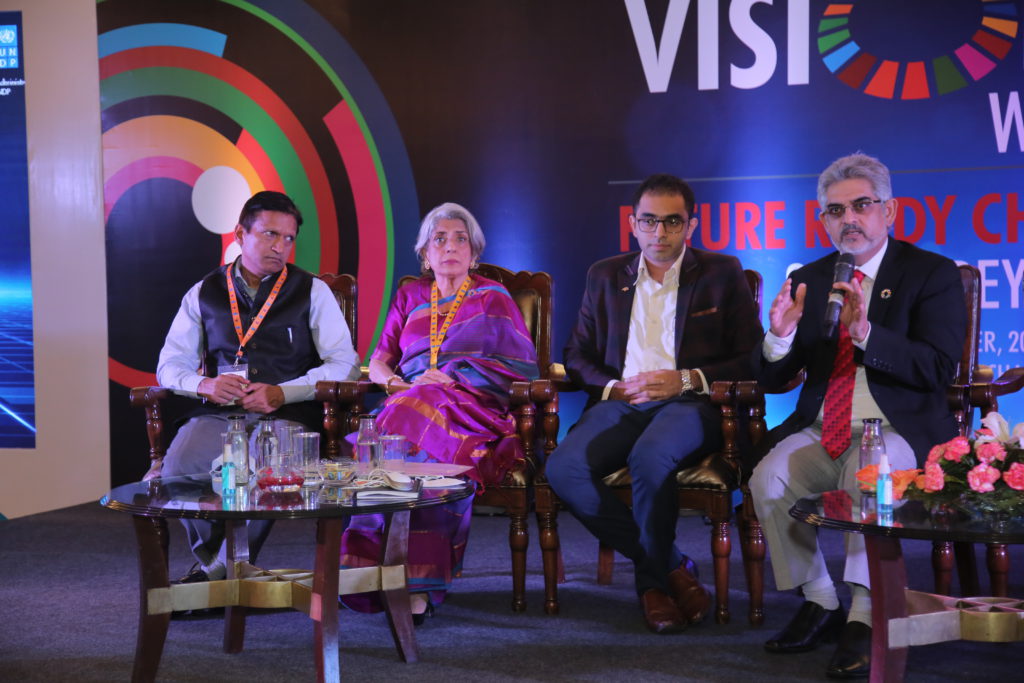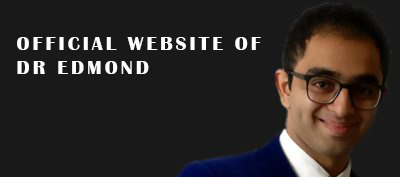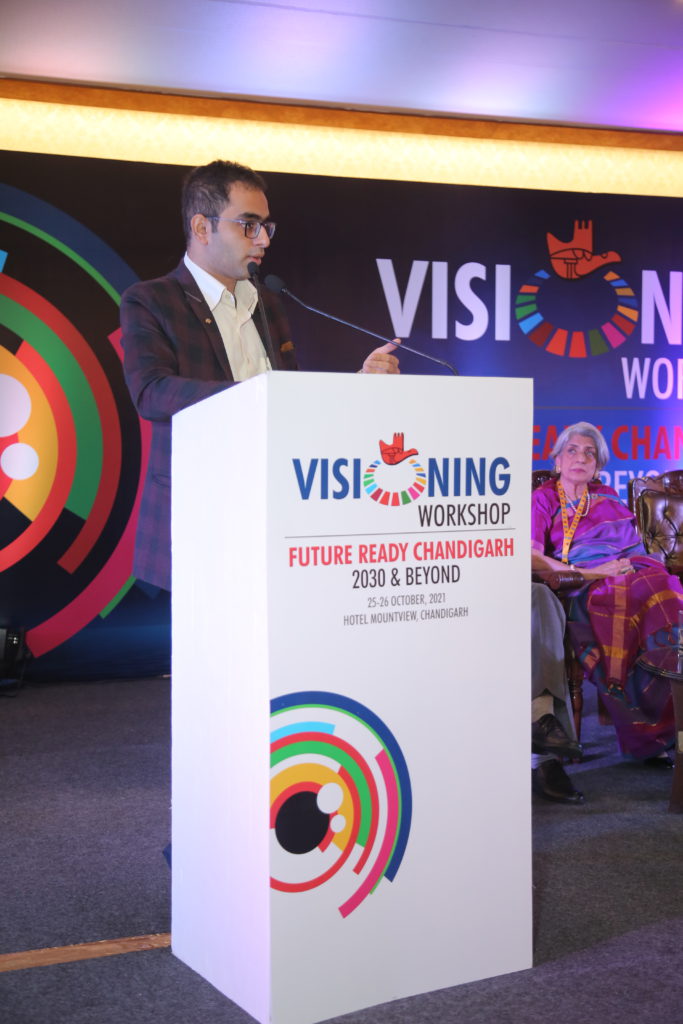Address to the Visioning Workshop: Future Ready Chandigarh and Beyond: 26th October, 2021
Good day and Sat Sri Akal to one and all gathered here.
Hon’ble Governor of UT Chandigarh, Members of the Chandigarh Administration, colleagues from UNDP and invited guests, I bring greetings from CHD Group & The Edward & Cynthia Institute of Public Health at Mangalore in Karnataka.
At the outset, let me congratulate all stakeholders who have worked hard to bring this to birth and to unravel ideas, perceptions and notions for a future ready Chandigarh. I hope that other states in India draw inspiration from this exercise in shaping national interests and shared regional co-operations across the Asia and the Pacific.
Going by the Order of the programme and the activity envisioned, I understand that there are three core pillars: Economic, Social & Environmental
Further divided into 5 themes:
- Urban infra & Planning I Transport I Mobility
- Environment I Climate Action I DRR
- Health I Nutrition I Well-being
- Education I skill Development I livelihood
- Social Protection I Safety
We have done so much, come so far and yet there is so much more to do. I would like to share a brief incident with you about an ordinary civilian
Asif Ali (name changed) and his wife live with three children in a small-time urban settlement. Asif lost his job as a mechanic when the COVID-19 lockdown forced the closure of his business. Furthermore, the months leading into the monsoon season led to severe flooding, leaving him with a damaged home without any insurance cover. As the waters receded, it became a perfect breeding ground for vectors. Unfortunately, he and his wife contracted dengue fever, with Asif in dire need of blood platelets for survival and left at the mercies of an overwhelmed health system, running from pillar to post in a heavily congested urban space impacting mental health and general well-being. While the wife solicited platelet donations, the children were left to fend for themselves. With dwindling savings and no work, food insecurity, no social protection and the threat of malnutrition besides the hijack of decent education, the future was bleak. This scenario of cascading risks is now playing out among millions of families throughout India and across South Asia. I echo the sentiments of many such asif’s who expect that their story reach an audience of this nature.
This leaves us with the question – in the middle of such a pandemic, how do we prepare for future health shocks and build a resilient Chandigarh for the next 100 or 200 years so that we secure the future for our children and their children’s children.
The answers lie in the problem presented.
- Convergence of Line Ministries and public health in all policies. All policies formulated by the UT must be in consultation with line ministries or at least must have a run through with experts associated with the Ministry and you can have experts of your choice from anywhere in the country. But please factor an all policy public health for sincerely integrating sustainable development.
- Risk informed planning where mapping of critical infrastructure with surge capacity handling across sectoral convergent departments is outlined.
- Involvement of professional NGOs to cater to number of initiatives tied to goals and outcomes.
- Building community-based model on social, economic, commercial and legal determinants of health.
- Focus on the Happiness Index, we have a lot today, but are we truly happy? A vision for the future must factor building happiness, not materialistic wealth that is carefully packaged as instances of momentary joy.
- A rapidly changing social fabric and a falsely created sense of security must actively be replaced by policies that prevent moral deterioration and deceptive illusion that we can achieve great things at all costs. COVID-19 has showed us that as a human race, we cannot even defeat a virus.
- Chandigarh will have to channelize its focus on reducing the burden of non-communicable diseases to below 10% by 2035 and this is achievable if we make up our mind. As of now 63% people in Chandigarh are obese, 41% hypertensive and 15% diabetic as per a PGI Study. This can be achieved if we sincerely revise public policy measures and incentivize exercise-based initiatives. I am willing to work with the Union Territory Administration and UNDP to realize this dream.
- Reduce the burden of mental health by treating and screening everyone thus achieving 100% treatment initiation and 90% follow up.
- Train MD – Community Medicine Physicians with a bridge course to address NCDs, Mental Health, Natural Disasters and Drug Abuse. 865 plus community medicine physicians pass out every year from India, can’t we recruit a few? A 9 months fellowship training programme may be curated to create a dedicated cadre of health professionals which will be a force that can support overwhelmed health systems and also strategically support the UT administration in building social health.
- We live in a time marked by war, poverty, migration, climate change, economic proliferation and emerging and re-emerging infections. This is no longer an age to be taken lightly, but this is the time to forge working relationships with nature and each other through various forms of social justice, public health interventions and sincere passion.
- I ask of you to believe in the intention of this visioning workshop, I ask of you to believe in the possibility of goodness, I ask of you to believe in the power of sincere and sustained collaborations and co-operation and this I confidently tell you will not just secure but also sustain the Union Territory for the ages.
Jai Hind. Long live the Chandigarh Dream and the design of Le Corbusier.



